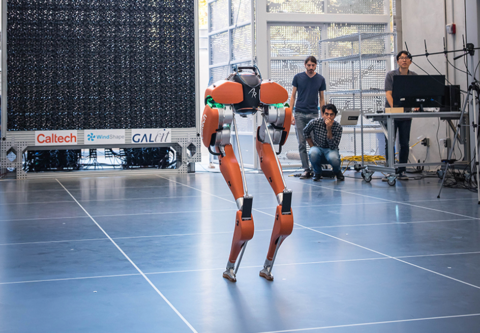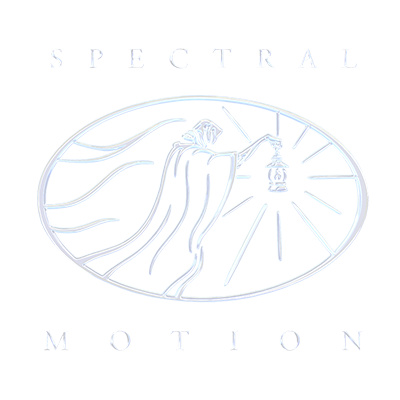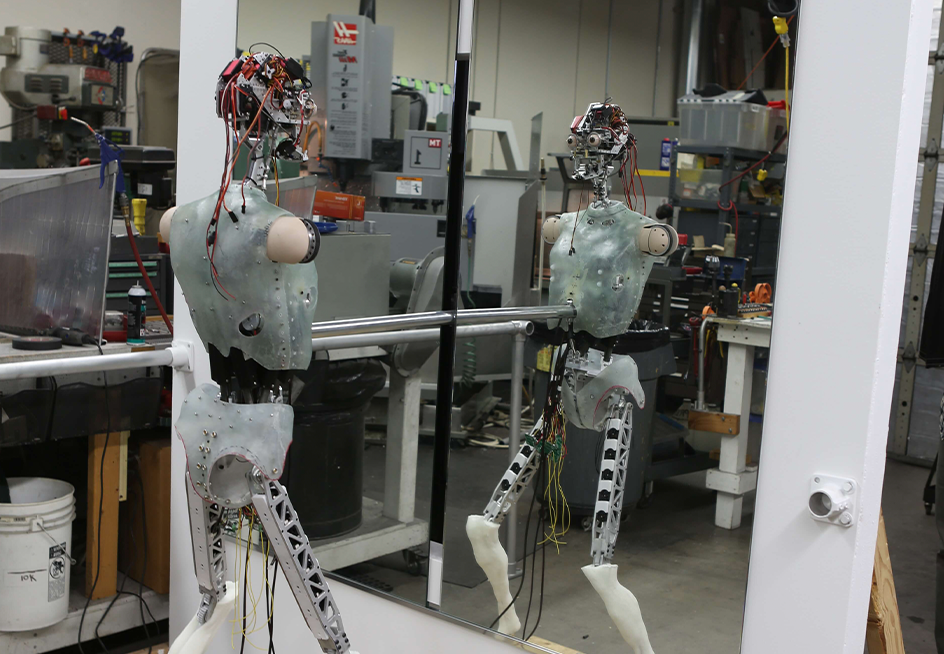




FORD FiVE Lab
- Worked directly with the Global Lead for Immersive Realities from FORD Motor Company
- Designed and implemented custom, ultra low latency optical tracking system in multiple VR FiVE labs around the world
Capture subjects were immersed in actual 3D CAD files with the ability to scale the avatars as well as manipulate dimensions/tolerance stacks to show all possible vehical build combinations and human scale/dimensions in realtime
- Designed and manufactured custom tracking objects that could easily be worn by users to be immersed that delivered hyper accurate skeletal solves without the need of motion capture suits or range of motion captures…allowed for engineers, study subjects and executives to be immersed in seconds

Cal Tech CAST (Center for Autonomous Systems and Technologies)


Designed, built and installed ultra low latency, hyper accurate optical system to track drones of all sizes, most notably ultra light weight micro drones
Custom, multi level optical tracking system required one of a kind hardware and proprietary software be developed to provide seamless coverage over large volumetric space
Installed in the largest indoor drone tracking facility in the world (was at the time!)



- Designed and built multiple versions of highly accurate optical capture system to provide ground truth data for robotic creations of all kinds
- Tracking was ultra low latency and in some installations allowed for robots to interact with crowd members in realtime
What role does technology play in Engineering & Design?
Today and in the future technology will continue to evolve in the field of engineering and design, serving as a powerful enabler and driving innovation across various disciplines. Computer-aided design (CAD) software and 3D modeling tools have revolutionized the design process, allowing engineers and designers to visualize and iterate their ideas with remarkable precision and efficiency. Simulation and analysis software facilitate virtual testing and optimization, reducing the need for physical prototypes and accelerating the development cycle. Additive manufacturing techniques, such as 3D printing, have opened up new possibilities for creating complex geometries and customized designs, reshaping the manufacturing landscape. Additionally, emerging technologies like augmented and virtual reality are enhancing collaboration, enabling designers and engineers to explore and evaluate their creations in immersive digital environments. In the realm of infrastructure and construction, Building Information Modeling (BIM) and Geographic Information Systems (GIS) contribute to more efficient planning, design, and management of projects. As technology continues to evolve, its integration into engineering and design processes will become even more seamless, fostering interdisciplinary collaboration, sustainability, and innovation in the creation of products, structures, and systems that shape our world.
How does technology improve visualization?
Technology has revolutionized the field of visualization, enhancing our ability to represent, analyze, and comprehend complex data and concepts in innovative and immersive ways. Advanced computer graphics and rendering techniques have enabled the creation of highly detailed and photorealistic 3D models, animations, and simulations, allowing for vivid representations of intricate structures, processes, and scenarios across various disciplines.
Virtual and augmented reality technologies have taken visualization to new heights, providing interactive and immersive environments that blur the boundaries between the digital and physical worlds. These technologies enable users to visualize and explore data in a spatial context, facilitating a deeper understanding and more intuitive analysis.
Furthermore, advancements in data visualization software and techniques have empowered researchers, analysts, and professionals to transform large and complex datasets into comprehensive visual representations, revealing patterns, trends, and insights that would be difficult to discern from raw data alone. Moreover, the integration of artificial intelligence and machine learning into visualization tools has enabled the automation of data processing and the generation of dynamic, adaptive visualizations, streamlining workflows and enhancing decision-making processes.
PREFERRED VENDORS








949-531-8090 | sales@209group.com
COPYRIGHT © 2024 | 209 GROUP | BUILT BY BENEDIKT DESIGN

